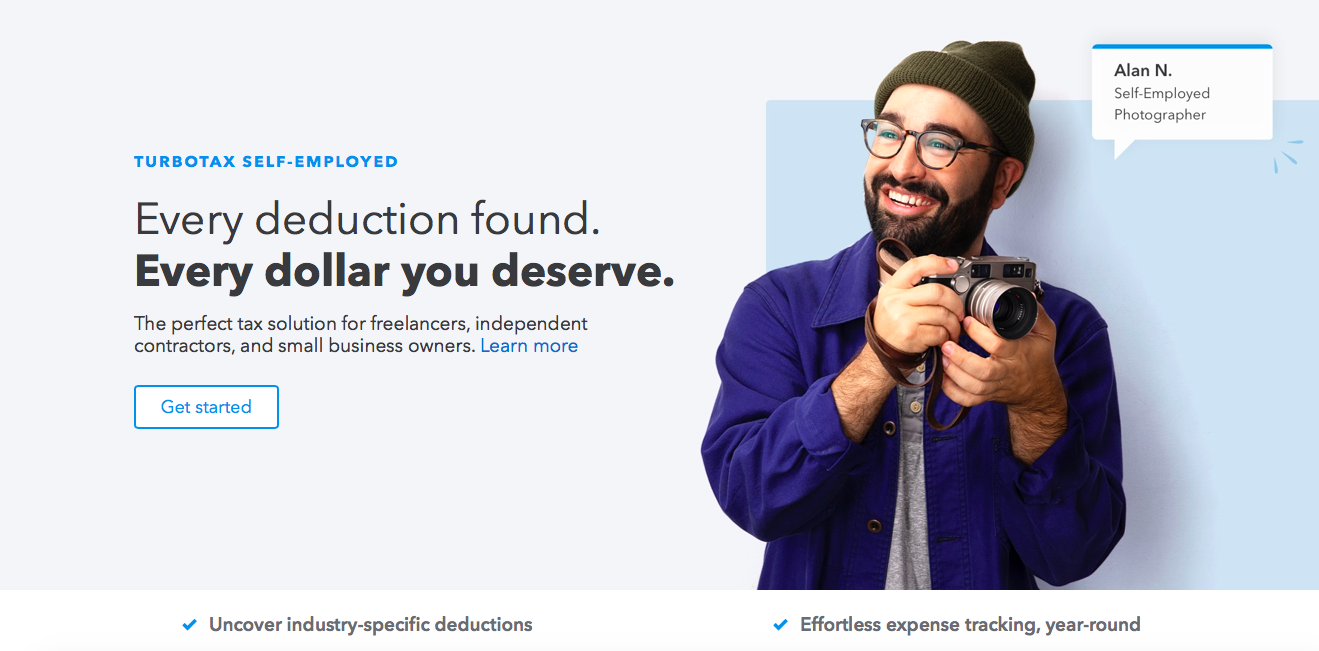What is Product Design?
Product design is the process of creating a new product or improving an existing one. It involves conception, development, and refinement of the product’s form, function, and aesthetic. A well-designed product is user-friendly, efficient, and stylish.
Good product design can make a big difference in people’s lives. For example, in our physical world, ergonomic office furniture can help reduce strain and fatigue; kitchen appliances with intuitive controls can make cooking easier, and products with a sleek design can add a touch of luxury to our everyday lives. Likewise, in our digital world, an intuitive interface can make a customer easily access and file their taxes like on Turbotax or make it cumbersome and confusing for a customer to access the information they need like on a variety of government websites.

In addition to making products more enjoyable to use, good design can also make them more effective and efficient. In many cases, better design can save time, money, or even lives. For instance, designing a better medical device can speed up diagnosis and treatment; designing a more user-friendly navigation system could help prevent car accidents; and redesigning packaging could reduce food waste.
Product design is critical for any business that sells physical or digital goods. Whether you’re developing a new product or improving an existing one, the right design can make all the difference in its success. It starts with understanding customer needs and it ends with delivering a product that meets those needs. In between, there are a lot of different activities, including market research, concept development, prototyping, testing, and development. A well-designed product will be successful in the marketplace and will generate repeat business. A poorly designed product will likely never make it to market or will quickly be forgotten after it goes to market.
Challenges in Product Design
When it comes to product design, one of the biggest challenges is creating a product that is not only functional but also appealing to consumers. This can be a difficult balance to strike, and it is often made even more challenging by the fact that consumer trends and preferences are constantly changing.
Another common challenge in product design is ensuring that the final product is both easy to use for the customer and scalable for the business. This often requires making trade-offs between features and costs, which can be difficult to navigate. Finally, another big challenge faced by product designers is making products that are easy to use and understand. User-friendliness is crucial for many products, but it can be hard to achieve without over-simplifying things or making them too complicated.

Communicating User Experience
Product design is all about creating products that users will love. It’s the process of understanding user needs and desires and then creating a product that meets those needs. Good product design makes a product more usable, more enjoyable to use, and more likely to be successful in the marketplace. Poorly designed products can frustrate users, cause them to give up on using the product, and ultimately fail in the marketplace. User experience is a key part of product design.
In order to create a good user experience, designers need to understand how users think and how they interact with products. They use this knowledge to design products that are easy to use and enjoyable to use. There are many different ways to communicate with users, including interviews, surveys, focus groups, and usability testing. Each has its own strengths and weaknesses, so it’s important to choose the right method (or combination of methods) for each project.
User research is essential for understanding what users want from a product. Once designers have a good understanding of user needs, they can start working on designing a product that meets those needs. Designers need to be able to communicate their user experience designs to others. They need to be able to explain why they made the choices they did, and how those choices will benefit users. They also need to be able to sell their designs to stakeholders and convince them that their design is the best possible option for the product.

The Role of Iteration in Product Design
Product design is all about creating products that solve user problems. And iteration is key to achieving this. Through iterations, designers can test different solutions to a problem and see which one works best. They can also gather feedback from users to refine their designs. In product design, iteration is the process of repeating a task or action in order to improve upon the original. This can be done with individual components or with the entire product.
Iteration is often used in conjunction with prototyping, as it allows designers to test and refine their ideas before committing to a final design. The benefits of iteration are twofold: first, it allows designers to hone their ideas and make them as effective as possible. Second, it helps to ensure that the final product will meet the needs of users and other stakeholders. Iteration can be time-consuming and expensive, but the end result is usually worth the investment.
Balancing Purism and Pragmatism

Product design is the process of creating products that are both functional and appealing to consumers. It takes into account the user experience, aesthetics, development, and more.
Good product design strikes a balance between purism and pragmatism. On the one hand, designers want to create products that are pure and simple in form. On the other hand, they also need to make sure that the products are practical and meet the needs of users.
The challenge for designers is to find the right balance between these two conflicting goals. Too much purism can result in products that are difficult to use or too simplistic. Too much pragmatism can lead to products that are cluttered and complex. Finding the right balance is essential for creating well-designed products. Striking a balance between purism and pragmatism ensures that products are both appealing and functional.
Product Design with Oak Theory
In short, product design is the process of creating products that are both functional and appealing to consumers. It takes into account everything from the initial concept to the final development process, and it plays a vital role in ensuring that products are successful in the marketplace. With such a wide-ranging impact, it’s clear to see why product design is so important — and why businesses that invest in good product design tend to be more successful overall.
If you aren’t sure where to begin or already have a product that is out in the market but ready for an upgrade, reach out to us at Oak Theory. As a user-first design studio, we take our user research and feedback seriously in order to design your product that works for your customers first and foremost. By understanding your competitive landscape as well as your unique proposition, we’ll design a product that is unique to your brand and that keeps your customers coming back. Learn more about our process here.
See our product design case studies here.
Are you a brand looking to make waves in a new industry?
Then design will be an integral part of your journey. Whether you need help with UX, UI, MVP design, product design, web design, or branding, we’re here to help.Let’s grab a coffee and chat through what you’d like to achieve. Get in touch with us here.